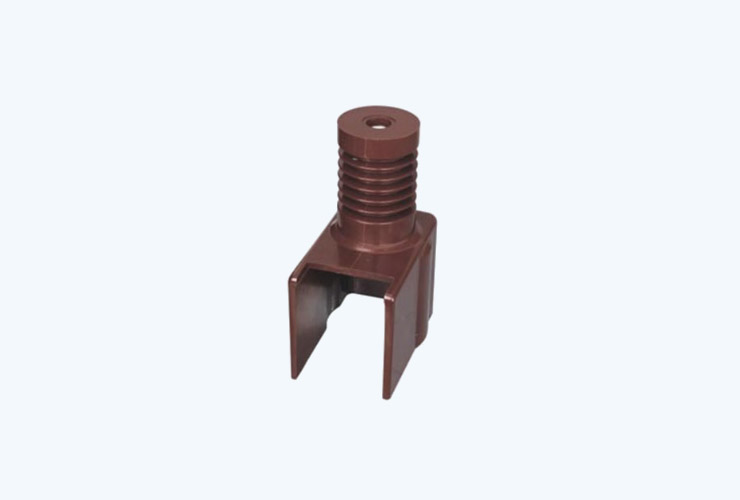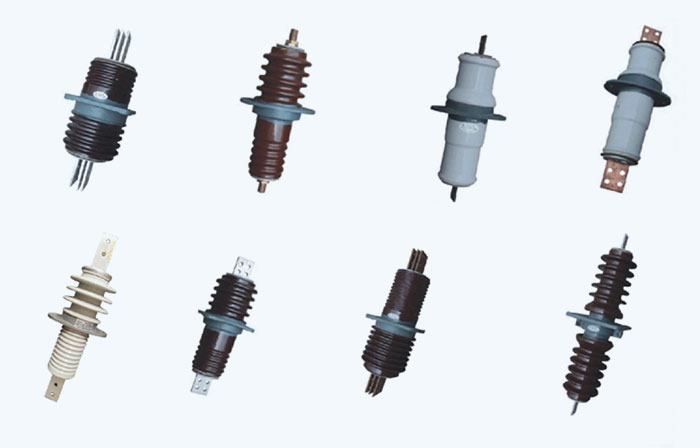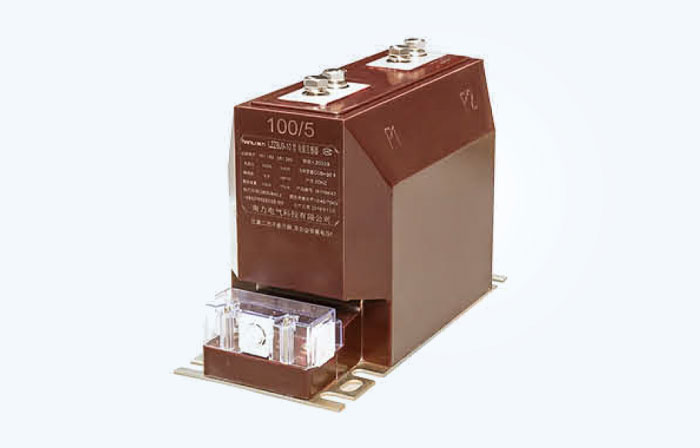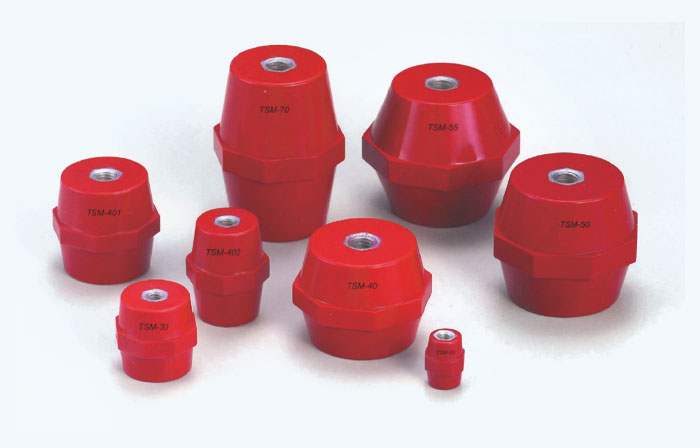High-voltage insulators are key to power systems—supporting conductors and stopping current leakage. Yet contamination-related tripping, caused by dirt, salt, or industrial residues, often causes outages. This issue doesn’t just disrupt residential power or halt industrial production; it can also interrupt the stable operation of new energy photovoltaic power stations, which rely heavily on consistent high-voltage transmission. This article breaks down the main causes and simple prevention methods.
Core Causes of Contamination-Related Tripping
1. Moisture Turns Contamination Conductive
Insulators rely on non-conductive surfaces. When dirt like industrial dust or coastal salt builds up, moisture such as rain or fog dissolves minerals in the dirt—turning the layer conductive. This creates "leakage current" that heats the insulator, and severe cases trigger a flashover (a sudden current jump) that trips the system.
2. Environment-Specific Contamination Worsens Risks
Dirt type varies by location, accelerating insulator failure. These location-specific contaminants adhere more tightly to surfaces, making them harder to remove over time:
Coastal areas: Salt particles are sticky and conductive when wet, even after light rain.
Industrial zones: Factory dust containing oil or carbon is hard to clean, building up quickly into thick conductive layers.
Both reduce the insulator’s voltage resistance, raising tripping risks.
3. Contamination Lowers Voltage Toleranc
Every high-voltage insulator has a maximum voltage "tolerance threshold," tested with tools like power-frequency dry withstand voltage testers. Contamination drops this tolerance—if it falls below the system’s operating voltage, flashover and tripping follow. Even well-designed insulators fail without regular maintenance.

Simple Prevention Methods
1. Pick Contamination-Resistant Materials
Silicone rubber composite insulators work well in high-risk areas like coasts or industrial zones. Compared to traditional ceramic insulators, which are prone to dirt accumulation, silicone rubber composites have a smooth, water-repellent surface that resists dirt buildup better. Light contamination also washes off easily with rain, and they have good aging resistance—ideal for long-term outdoor use.
2. Optimize Structure and Inspect Regularly
Umbrella skirt design: Well-shaped skirts increase "creepage distance," the length of the insulating surface, so contamination needs more area to form a conductive path.
Regular inspections & cleaning: Use tools like power-frequency testers to spot thick contamination early. Cleaning can be scheduled quarterly or semi-annually based on environmental pollution levels, slowing buildup and extending insulator life.
Conclusion
Contamination-related tripping stems from moist-contaminant conductivity, environment-specific dirt, and lowered voltage tolerance. Choosing materials like silicone rubber and following proper maintenance prevent such issues.
To learn more about selecting contamination-resistant high-voltage insulators for stable power systems, visit our product page for technical specs and environment-specific application cases.

 EN
EN



